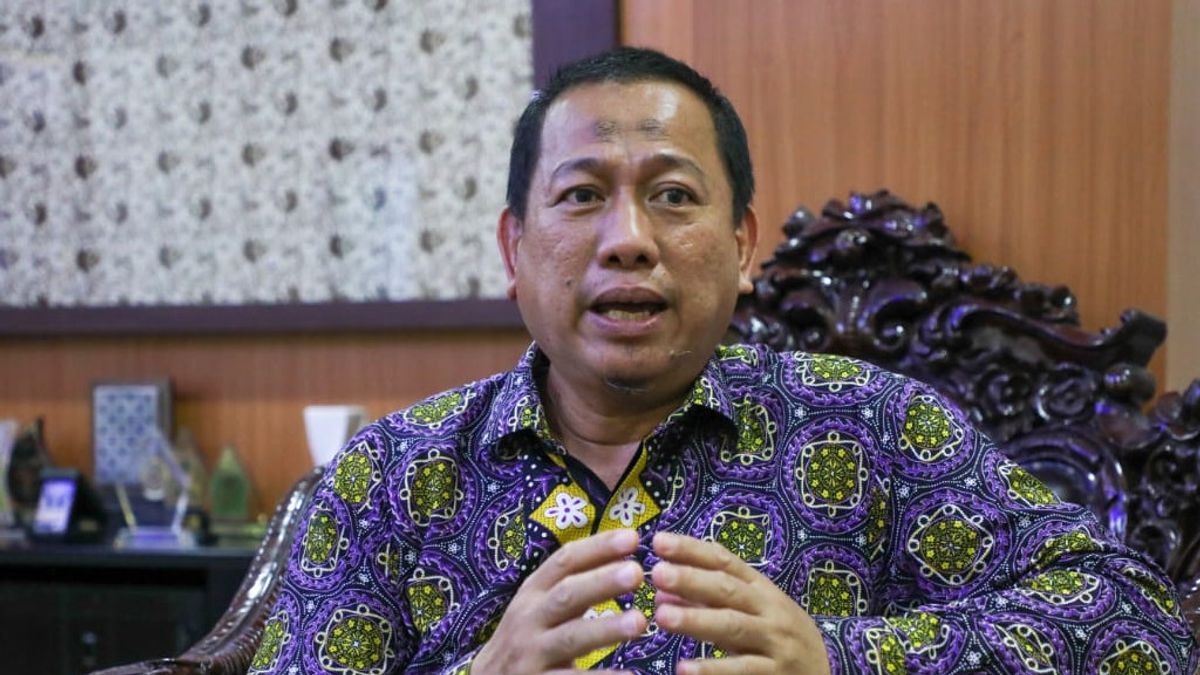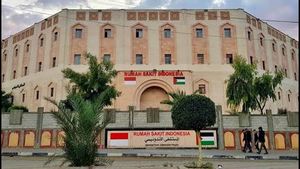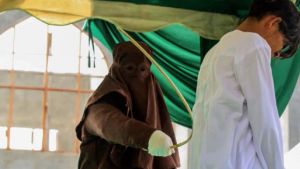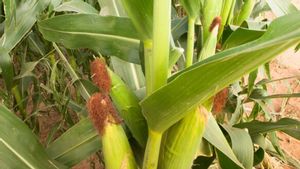SEMARANG - Head of the Central Java Statistics Agency, Adhi Wiriana, said the news that stated Central Java as the poorest province was a misleading narrative. The calculation of poverty is not based on the level of GRDP per capita.
"Regarding today's news, which states that the GRDP (Gross Regional Domestic Product) Per capita (as a reference) of Central Java is the poorest area, this is hoax news, in my opinion," said Adhi in his statement, Wednesday, March 30.
Adhi said GRDP per capita or the average income of the population of Central Java in 2021 was 38.67 million per year. However, on average, this amount exceeds the minimum wage that has been determined by Central Java.
The level of income of an area is not linear with the level of poverty. This is because GRDP is also known as the pseudo welfare approach.
So far, to determine the poverty level of an area, Central Java BPS uses the basic needs assessment or public spending to buy basic needs. This method looks at the components of food and non-food, such as rice, eggs, clothing, electricity, transportation and house rent.
"The figure of around Rp. 38 million/year of per capita income is correct, divided by 12 months the result is still above the UMP or UMR. If we look at large companies piling up in DKI Jakarta, Banten, Tangerang and West Java which results in high GRDP per capita. But that doesn't mean they are richer , because those who enjoy the cake of development may be only 1,000 people whose income is billions of rupiah, the rest of them live an average life," he said.
Data-wise, Adhi explained, Central Java is not the poorest province on the island of Java. Although the poverty rate reached 11.25 percent, higher than the national figure of 9.71 percent.
"There are still those who are said to be poorer than Central Java, namely Yogyakarta with 11.9 percent. Then judging from the number of poor people, actually West Java and East Java are higher with 4 million poor people. While Central Java is 3.9 million," he explained.
He said the Gini ratio index (the level of income or expenditure inequality) in Central Java was quite low, at 0.368. Meanwhile, the Gini ratio for other provinces such as DKI, West Java and DIY is above Central Java with 0.4. In fact, if the number is getting closer to 1, it indicates a large inequality.
Adhi hopes that the community will further improve statistical literacy. This is supported by the Human Development Index, in Central Java which reached 0.3 percent, above West Java, East Java and Banten.
"Indeed, Yogyakarta's HDI is above us with 0.4. However, we invite the public to be smarter in responding to this data. This is a public opinion that leads to hoaxes, ahead of 2024 politics, maybe. Because it seems to benefit one and the other. harm others," he added.
He invited the public to not hesitate to open official information channels from BPS. Either through the jateng.bps.go.id channel or the bps.go.id channel. In addition, Central Java BPS also has the Central Java BPS One Touch Statistics application channel, which can be accessed via smartphones.
The English, Chinese, Japanese, Arabic, and French versions are automatically generated by the AI. So there may still be inaccuracies in translating, please always see Indonesian as our main language. (system supported by DigitalSiber.id)













